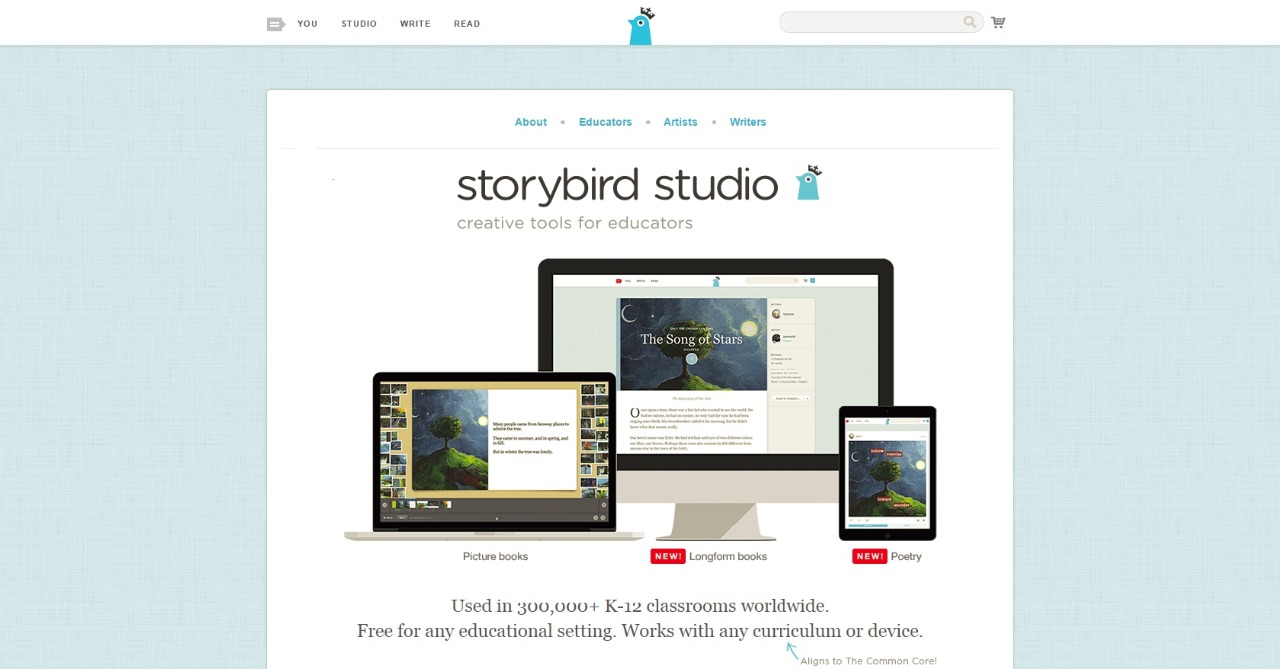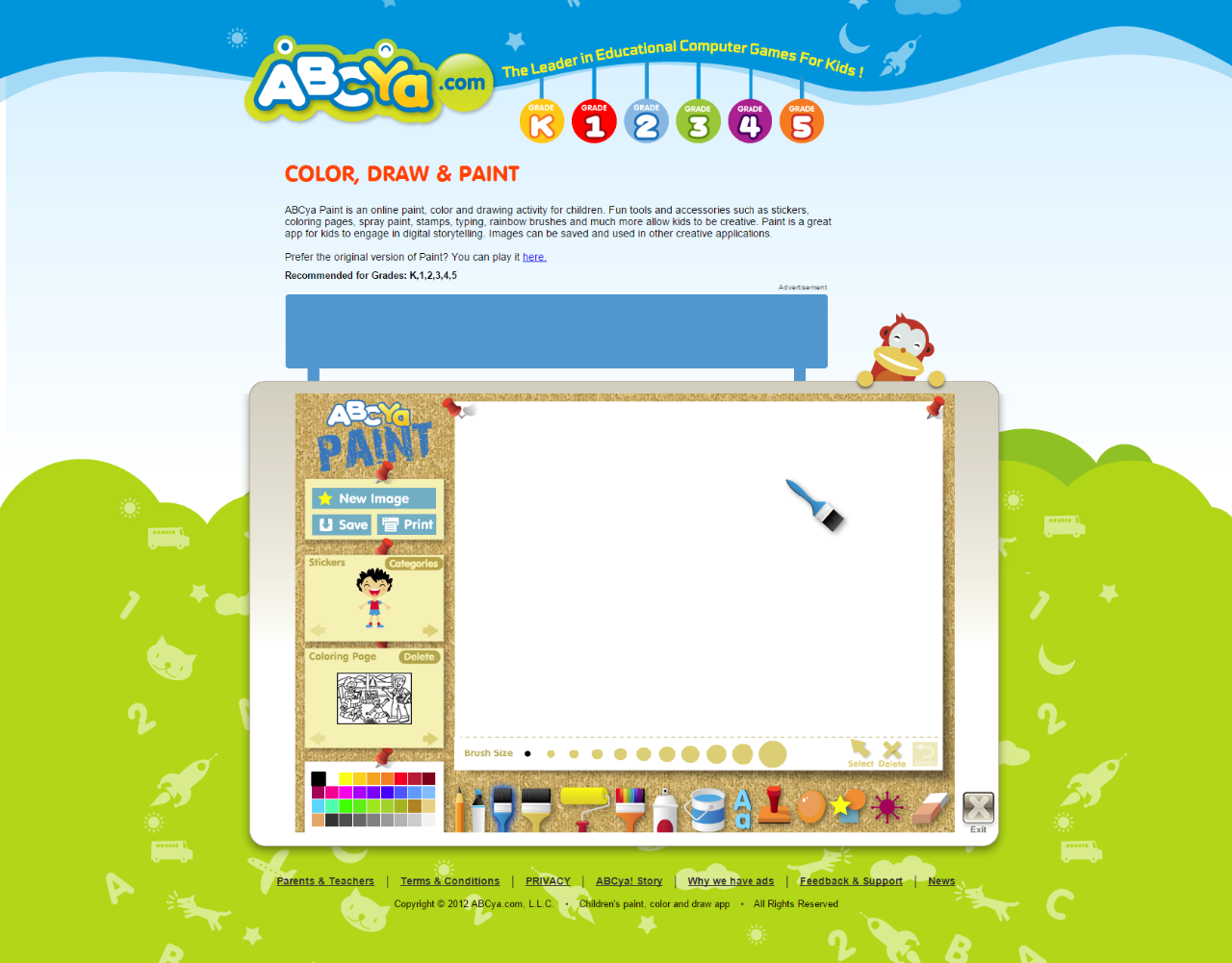Problem Solving with Computer Design
Target Audience: Kindergartners
Duration: 2-3 days
Placement within Overall Lesson/Unit: Problem solving is a component of the kindergarten social studies unit. It would have been introduced prior to this lesson; however, the skill is frequently revisited. This lesson would follow the computer basics lessons of drawing utilizing a mouse.
NETS*S: 2a, 2b, 2d
NETS*T: 1a, 1b, 1c, 2a, 3a
CCSS: SL.K.1. Participate in collaborative conversations with diverse partners about kindergarten topics and texts with peers and adults in small and larger groups.
SL.K.4. Describe familiar people, places, things, and events and, with prompting and support, provide additional detail.
SL.K.6. Speak audibly and express thoughts, feelings, and ideas clearly.
Objectives: During this lesson, students will:
1. critically think about the pictures and problems posed.
2. make conclusions based on the pictures and their own experiences.
3. work as a collaborative group, discussing the problems and solutions.
4. work with a partner creating a picture of a problem on the computer.
Materials Needed for Activity 1: Projector, computer, paper, pencils, crayons

Review prior lessons on problem solving and conflict resolution.
Activity 1 (5 minutes per picture): Students will work in table groups of 4-5. The teacher reads the text on each page of the Storybird story (You can view the Storybird at docs.google.com/presentation/d/14NW1GqrJwSx0H5O6_mJy1haM8PoQNXaXG7ehKx-j_Io/edit?usp=sharing). Table groups will look at the pictures and discuss, using the Numbered Heads Together method each table will report out.
Assessment: Teacher will observe & assess collaboration of table groups.
Activity 2 (30 minutes): Class will move to the computer lab. Teacher will show website, https://www.abcya.com/abcya_paint.htm and model how to use the tool bar. Students will be paired by teacher to balance skill levels. Partners will collaborate on the creation of problem and appropriate picture. At this site, they may choose from “stickers” and add details and/or background or draw and paint a picture freehand. This activity will allow students to practice using the computer mouse. Pictures will be printed when done.

Assessment: Teacher will observe & assess collaboration of partners. Teacher will observe & assess fine motor skills and knowledge of computer basics.
Activity 3 (30 minutes): Partners will share pictures. Students will discuss solutions. OR Partners may trade pictures after explanation and discuss in small groups.
Assessment: Teacher will observe & assess collaboration and discussion.
